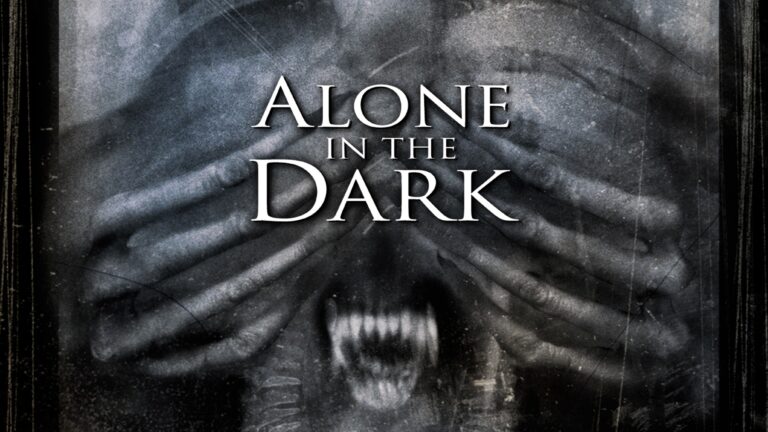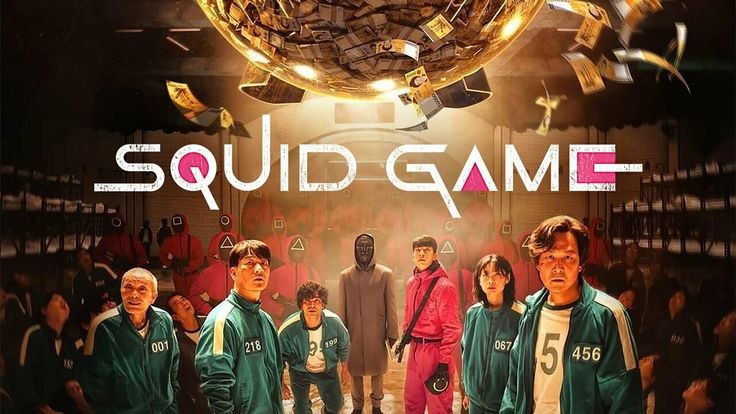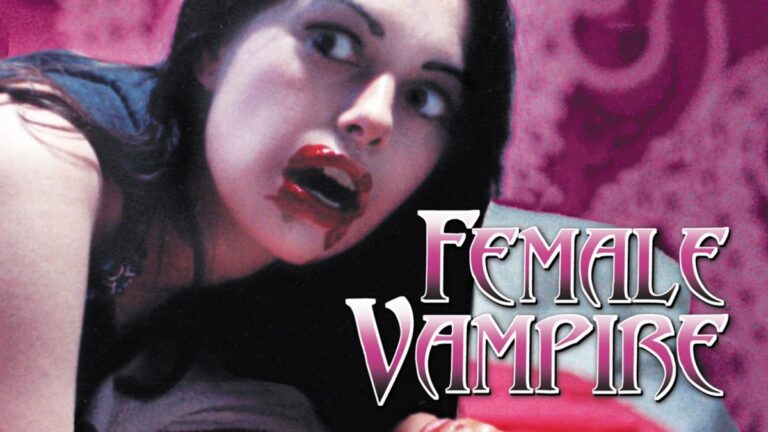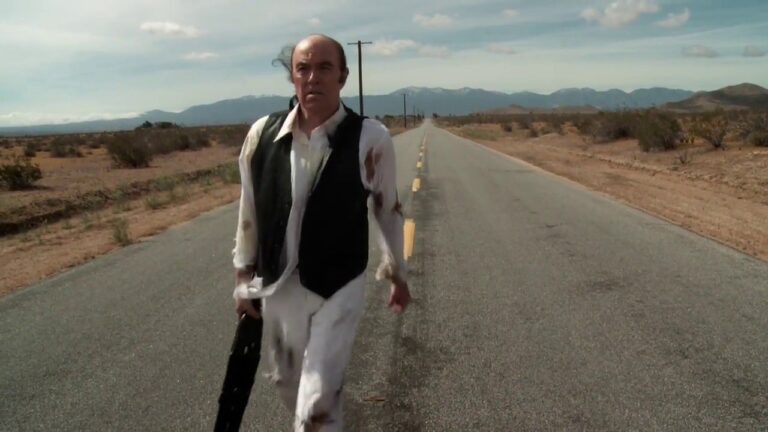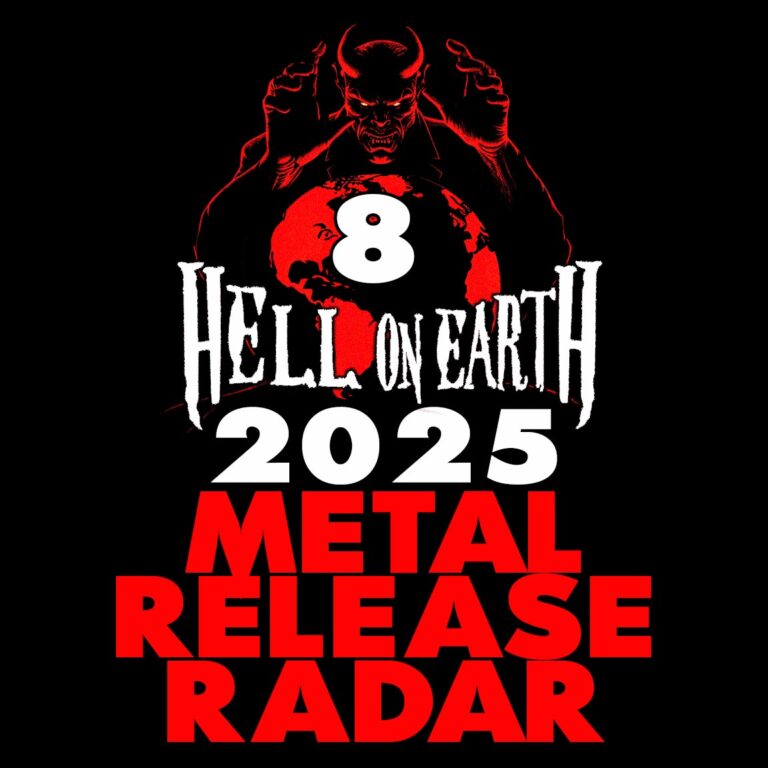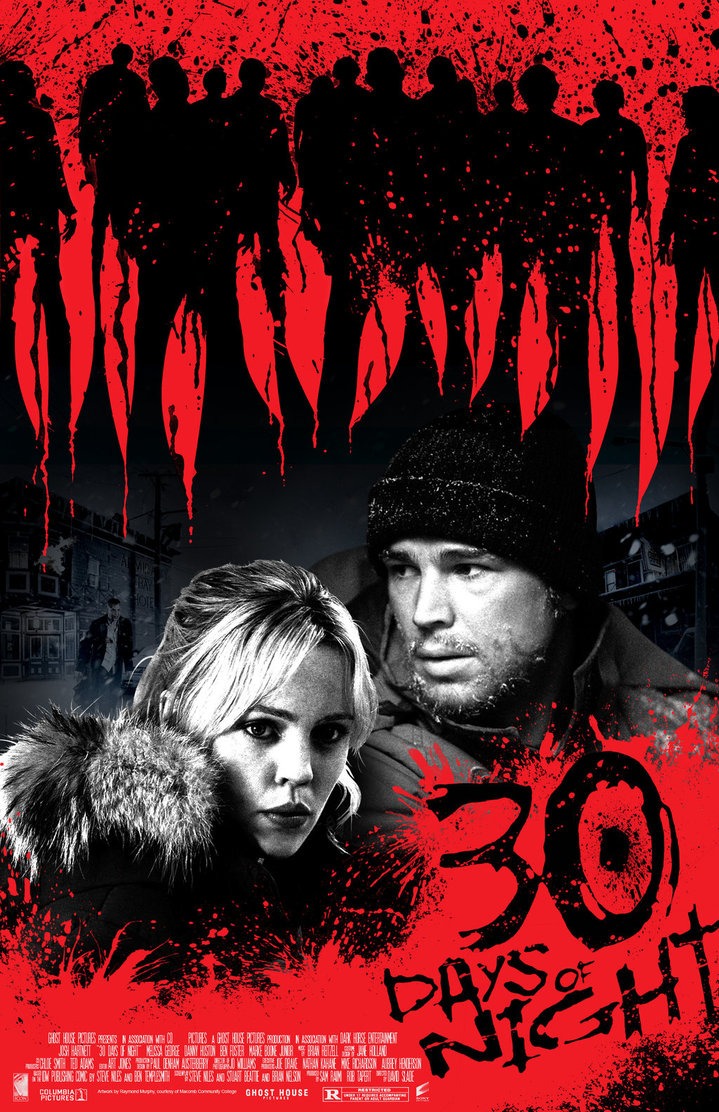
Barrow is a small town in Alaska, and once again, it’s time for the long polar night. For 30 days, the sun disappears entirely. A group of vampires plans to take full advantage of this extended darkness, allowing them to terrorize the town without worrying about the pesky sun, which, as we all know, is fatal to vampires. Now, the town’s core group of survivors must fight off the vampires for 30 days until the sun finally returns to shine over Alaska.
With a big name like Sam Raimi as the film’s producer, expectations naturally run high, and the movie practically sells itself. Unfortunately, a producer’s role in filmmaking often has minimal influence over its artistic value.

The film is based on a graphic novel of the same name, written by Steve Niles and illustrated by Ben Templesmith, which was released in 2002. There’s also a seven-episode miniseries that explores the days leading up to the events of this film. But back to the movie: directed by David Slade, who previously had only one feature film under his belt, along with a short film and a slew of music videos. Slade does a reasonably good job here, delivering a film packed with cool, gory scenes that are creatively executed.
It’s also refreshing to see a horror film set in a snowy landscape—a far too rare occurrence—which creates a fantastic, chilling atmosphere. That said, it’s frustratingly lacking in visible frosty breath, which detracts from the realism. But then again, if even The Shining couldn’t get frosty breath right, it’s hard to expect perfection here.

The movie has plenty going for it, including solid acting, awesome gore scenes, good atmosphere, and decent music. However, it’s bogged down by logical inconsistencies and a rather clichéd story. Those 30 days pass by without much notice; we never see the characters sleep, grow beards, or show other signs of time passing. It feels like one long night rather than a month of darkness.
Even more frustrating is the highly unrealistic portrayal of the polar night. In reality, the sun doesn’t disappear entirely, leaving complete darkness until it returns. During this time, there’s still twilight before and after the total darkness. Additionally, some scenes feel directly lifted from other films, particularly one sequence that seems straight out of Night of the Living Dead.
All in all, 30 Days of Night is an entertaining film, though it comes with its share of flaws. Perhaps I’m being overly harsh with my critique, but this is likely one of those movies that will fade into obscurity over time, failing to make a lasting impression. It’s neither remarkable nor terrible—just somewhere in between.

